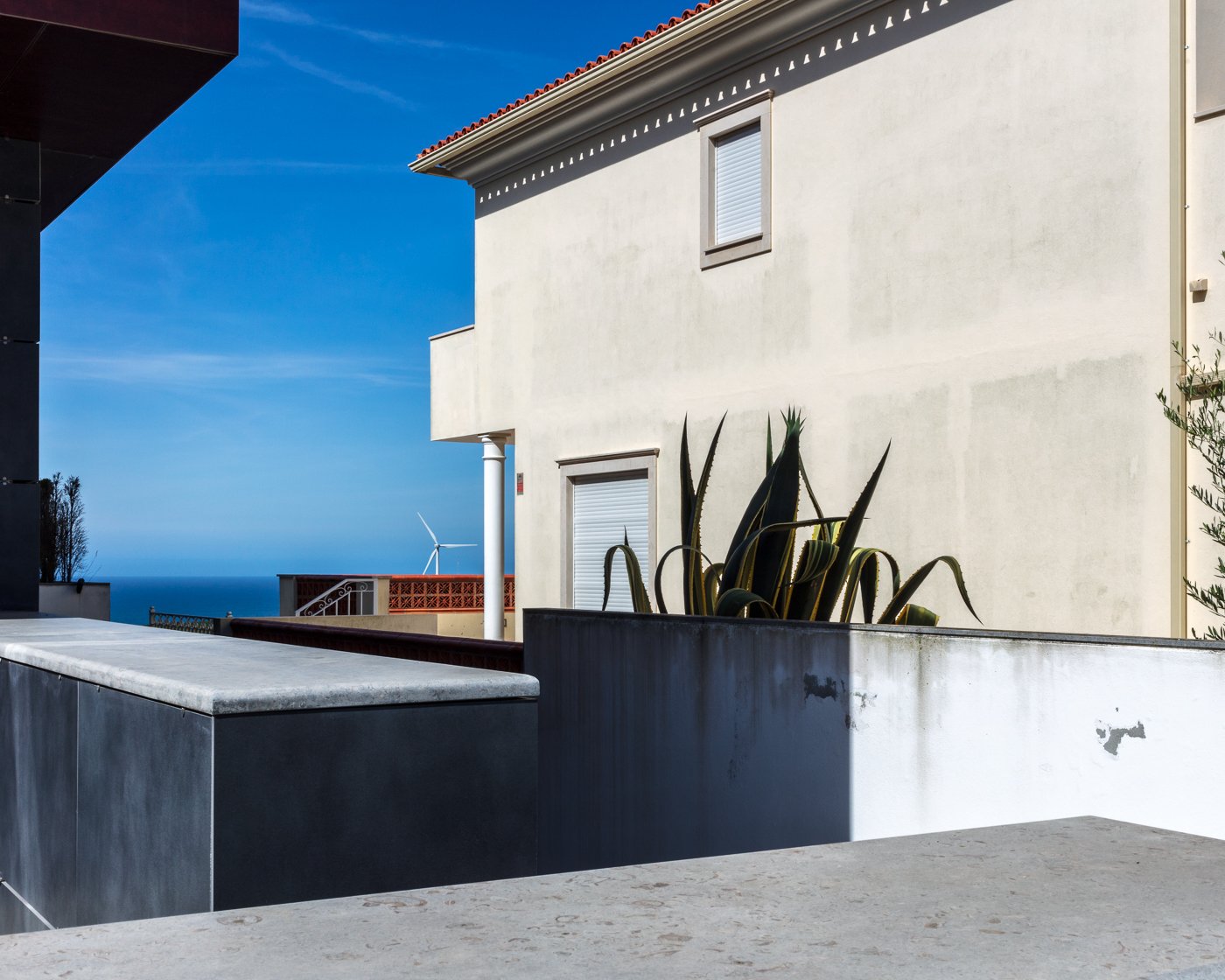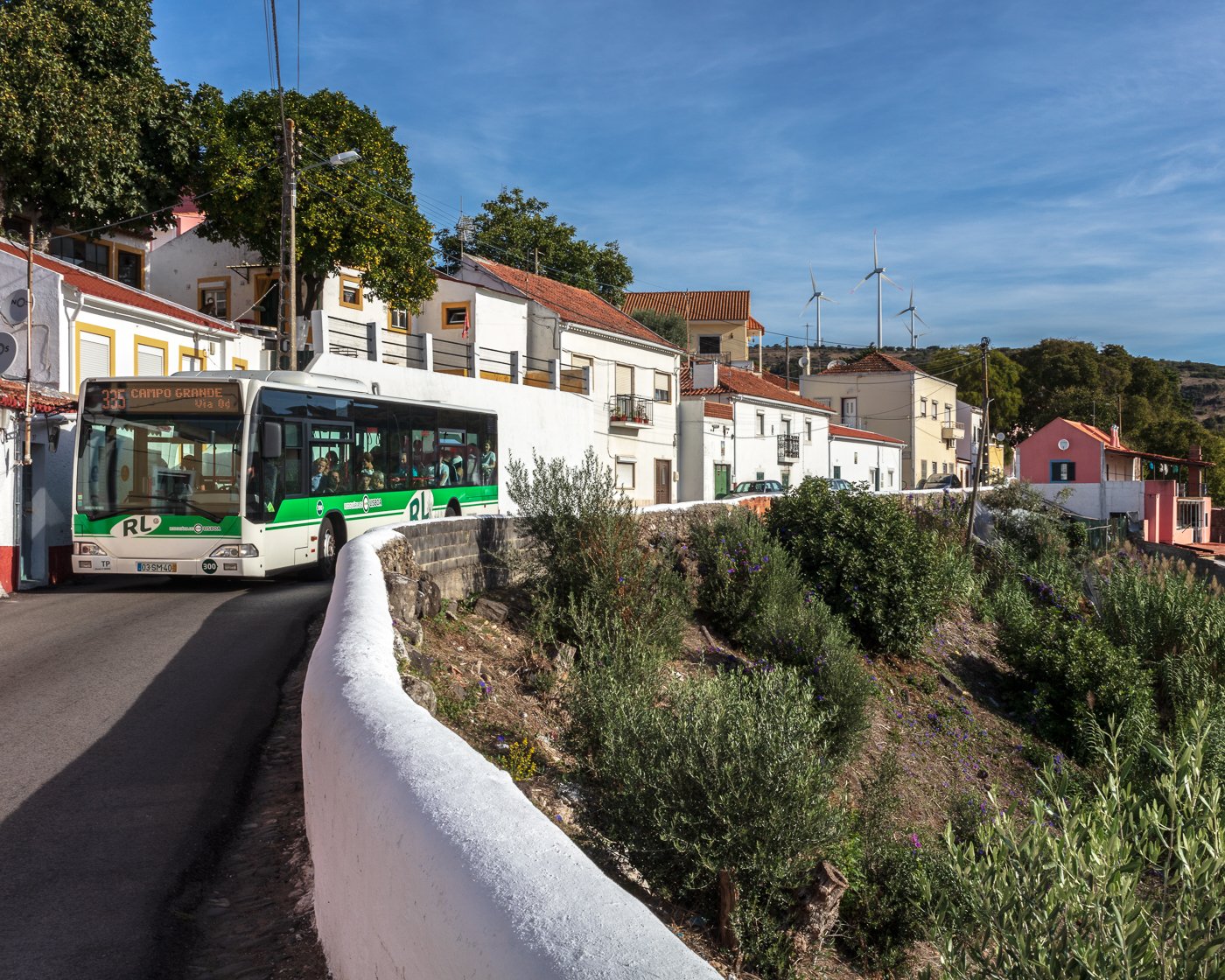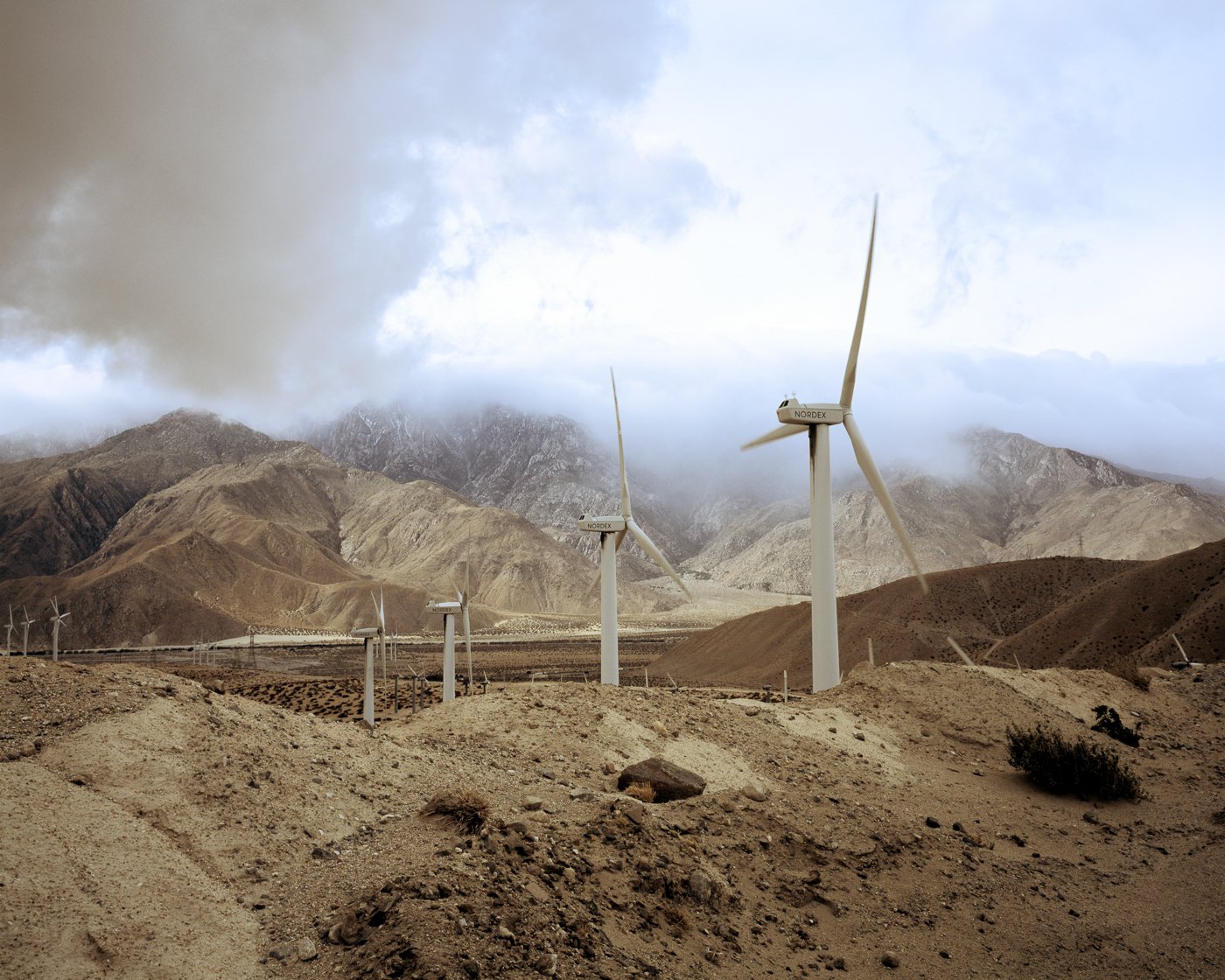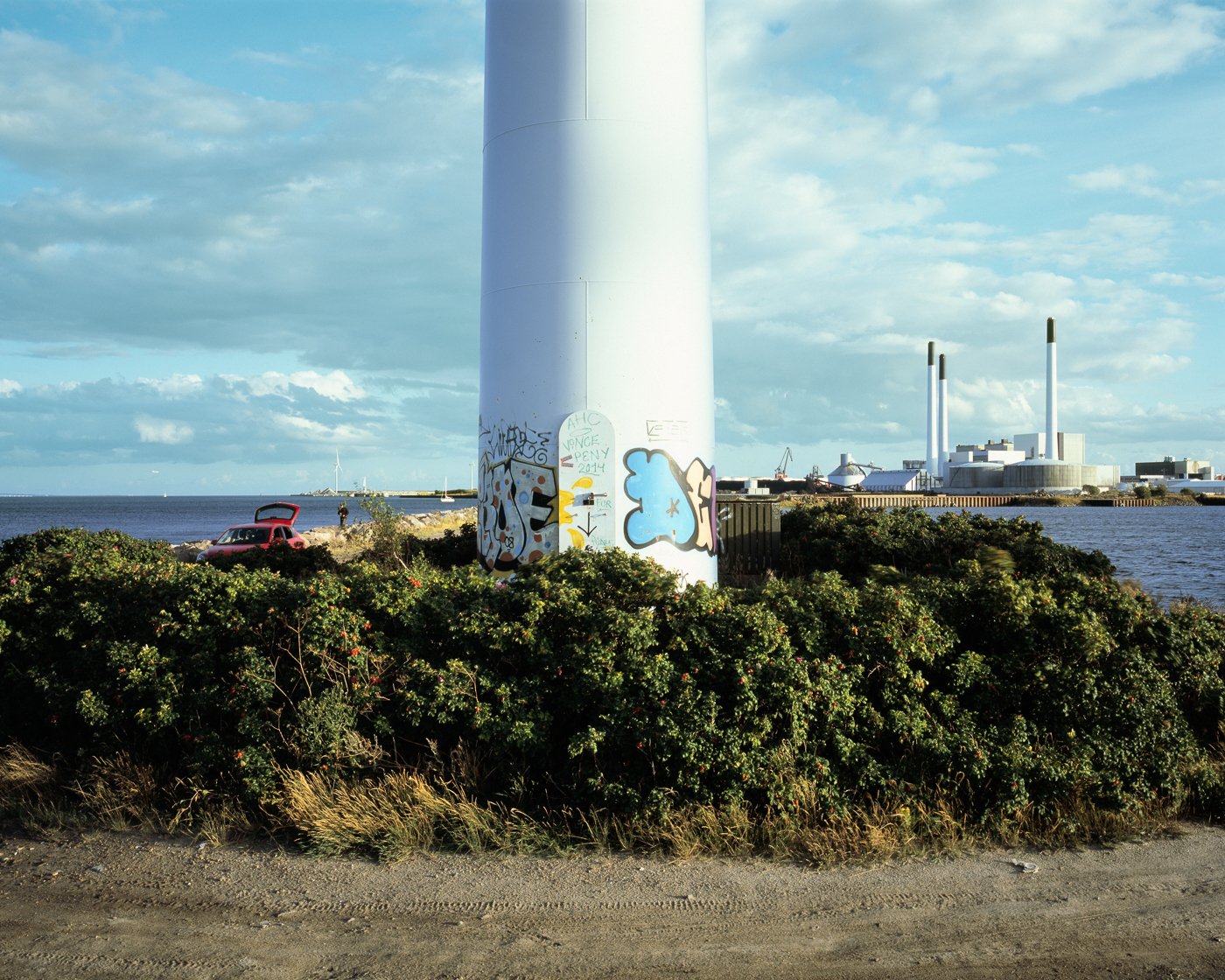




-
In its myriad styles and iterations, the wind turbine is more than just a machine that converts wind into energy, it is also a symbol of the effort to create clean, renewable resources, and a twenty-first-century economy. It is a flashpoint for the ever-growing chasm between the ends of the political spectrum. For some, it is a sculptural object of functional beauty, while for others it is a blight infecting the landscape. It could be an investment in local communities or a boondoggle by the political class. Whatever your position, it is undoubtedly stark evidence of the hand of humankind on the landscape.
This project began as a direct response to the oft-described ugliness of the subject, but also as a rebuttal to the post New Topographics trope that insists the landscape must be scarred by the indelible marks of civilization’s hubris. Originally my goal was to make these machines beautiful while saying something about our attempts to mitigate our reckless stewardship of the planet. By photographing large installations in the countryside, I sought to portray the drama and scale of a wind farm, that most people only see from afar while speeding down the highway. As I began to notice the signs of life unfolding on the ground below my ambitions shifted. I became interested in the visual intersection of the turbines and daily life. While there are only occasionally people in the photos, indications of their presence permeate these images. There is plenty of data to illustrate the benefits of wind energy, both environmental and economic. I hope these images can provide a visual component to that data; one that incites people to think deeply about the ways we construct our surroundings. More than just a machine or symbol, these engineering marvels can be a catalyst for changing the path of how we produce energy and address climate change in the decades to come.
